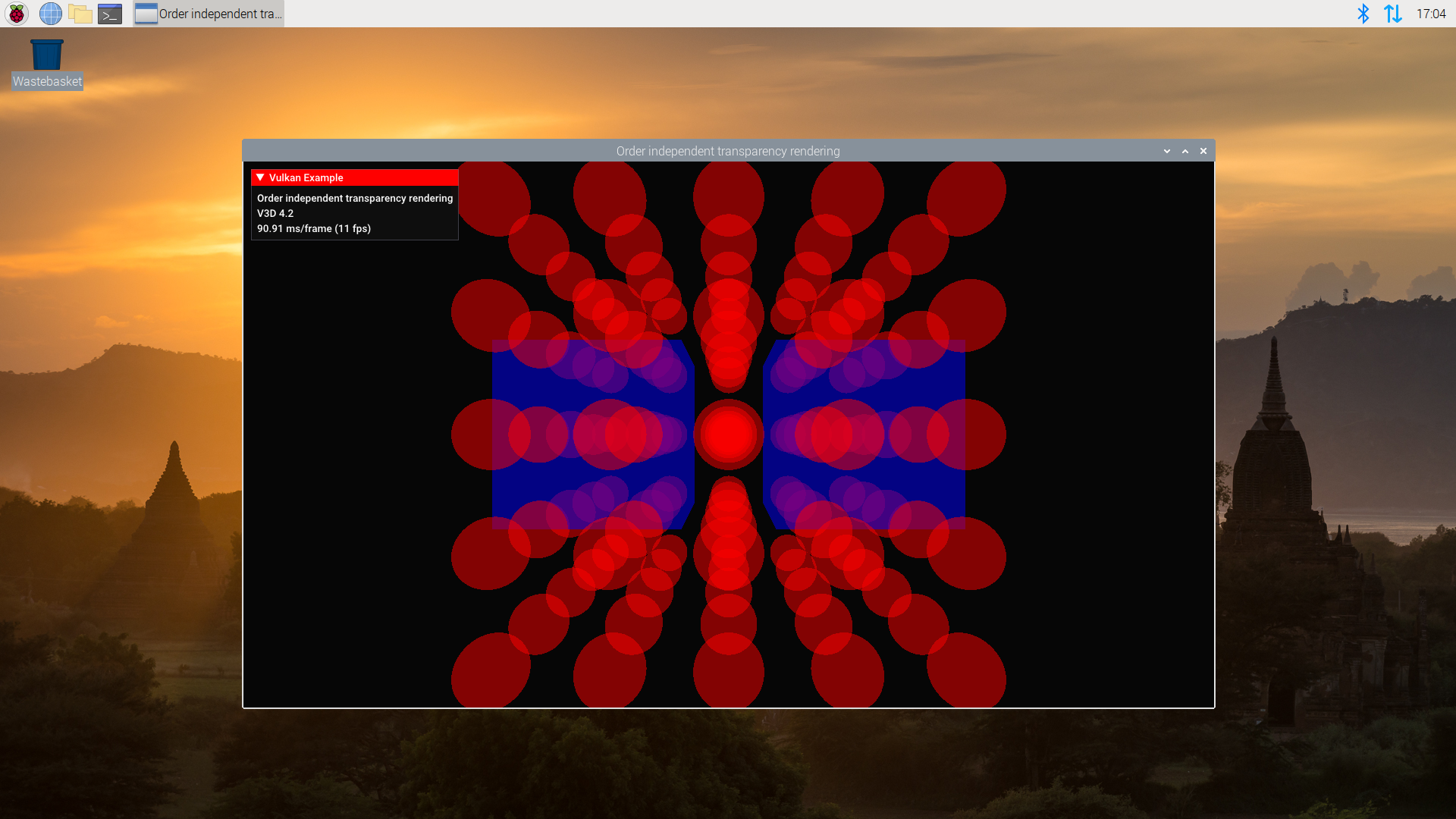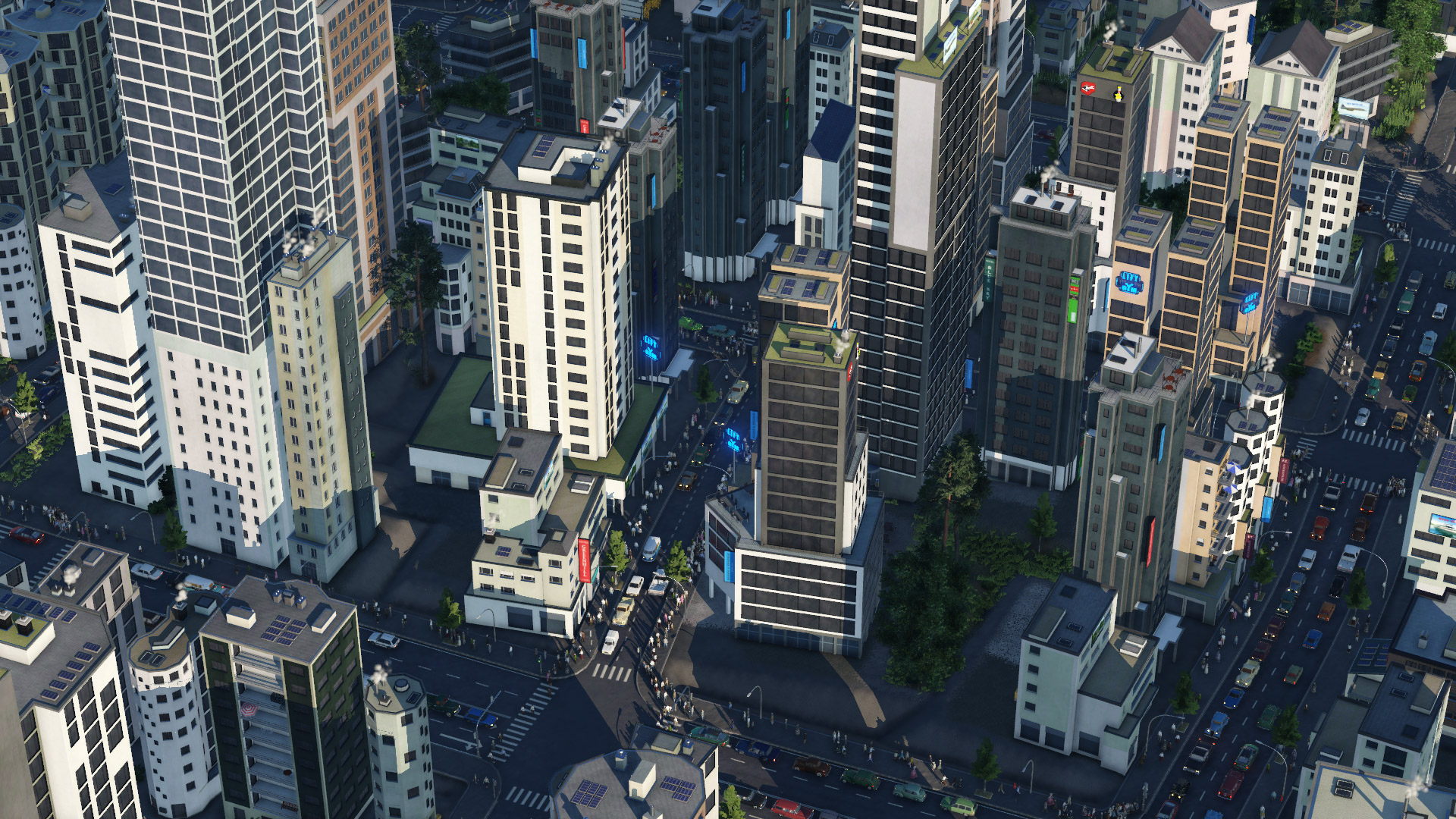Today along with upgrading Quake II RTX, NVIDIA had another surprise with the release of the new 460.27.04 Beta driver with quite a number of changes. On top of that, there's also a big new release of the LunarG Vulkan SDK for Ray Tracing.
Firstly, the driver update. Version 460.27.04 is out now, tagged as a Beta release of their mainline drivers. This new driver adds support for these extensions:
- VK_KHR_acceleration_structure extension.
- VK_KHR_ray_tracing_pipeline extension.
- VK_KHR_ray_query extension.
- VK_KHR_pipeline_library extension.
- VK_KHR_deferred_host_operations extension.
- VK_NV_fragment_shading_rate_enums
- VK_KHR_fragment_shading_rate
- VK_KHR_shader_terminate_invocation
- VK_EXT_shader_image_atomic_int64
- VK_KHR_copy_commands2
That's not all. The driver release itself also brings with it bug fixes and numerous improvements for Linux users including support for RandR rotation and reflection while using an NVIDIA-driven display as a PRIME Display Offload sink and "Reverse PRIME Bypass" which is "an optimization that bypasses the bandwidth overhead of PRIME Render Offload and PRIME Display Offload in conditions where a render offload application is fullscreen, unredirected, and visible only on a given NVIDIA-driven PRIME Display Offload output".
With OpenGL and Vulkan the shader disk cache also saw some upgrades this time around too. The location was moved, and the default size has bumped up to 1024MB, although they mentioned that caches with paths containing "/.nv/ will continue to use the previous default of 128MB "unless the size is manually overridden".
See the full driver notes here .
As for the Vulkan Software Development Kit (SDK), The Khronos Group announced today that LunarG have put out a big upgrade to the SDK with full support for the new Vulkan Ray Tracing extensions, including Validation Layers and integration of upgraded GLSL, HLSL and SPIR-V shader tool chains. With this out, plus the new drivers, the pickup of Ray Tracing might start to increase.
"Shipping API specifications was just the first step in building the developer ecosystem for Vulkan Ray Tracing, we now have tools and samples to truly enable developers to tap into the power of cross-platform ray tracing acceleration," said Daniel Koch, senior graphics system software engineer at NVIDIA and Vulkan Ray Tracing TSG chair at Khronos. "One of the key requests from the developer community was the ability to easily bring DirectX 12 ray tracing (DXR) code to Vulkan. We have achieved that through delivering a carefully designed superset of DXR, and integrating Vulkan Ray Tracing support in the DXC open source HLSL compiler."
The press release also mentions that through "the design of Vulkan Ray Tracing, projects such as vkd3d-Proton will be able to efficiently support layered DXR over Vulkan".
Article from
GamingOnLinux.com - do not reproduce this article without permission. This RSS feed is intended for readers, not scrapers.
chevron_right


